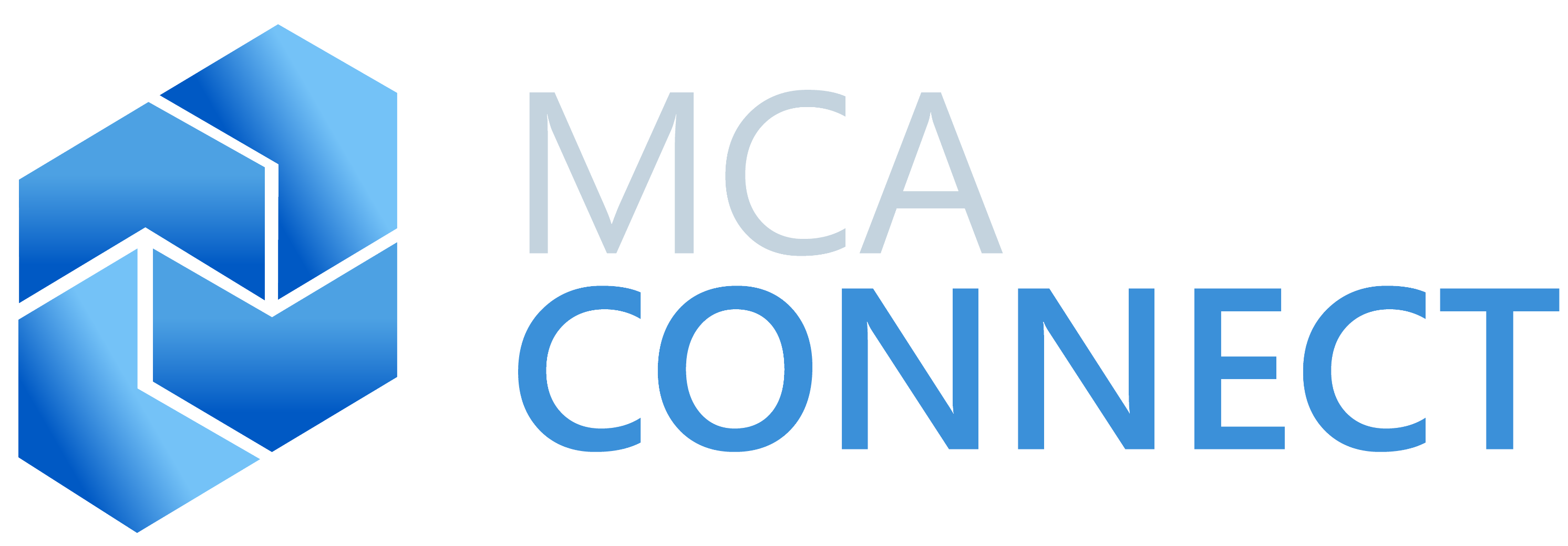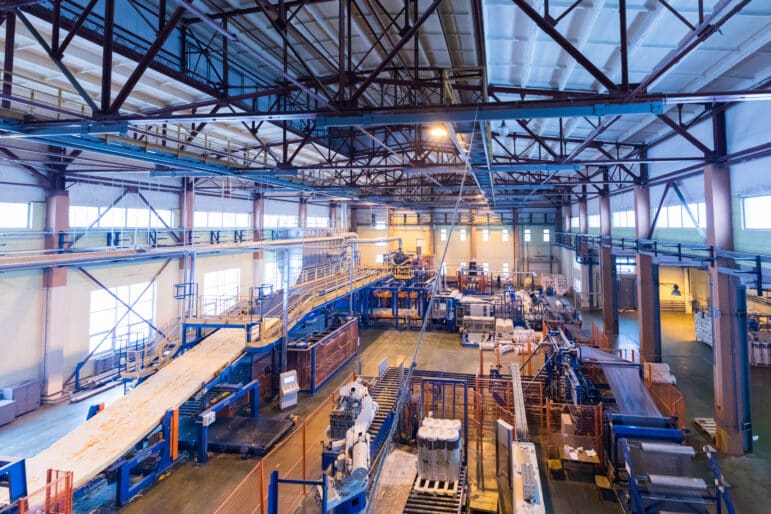Why would you stay on MAPICS?
MAPICS was created by IBM more than 35 years ago as an operational control system for manufacturing and accounting information. In 2005, the product was purchased by Infor Global Solutions and re-branded as Infor XA. However, if you are one of the companies who have not upgraded MAPICS and you’re still running software on a AS/400 or IBM i-series, you may be starting to consider more modern ERP solutions. And before you can decide between upgrading to Infor XA or moving to something else, you first have to decide if it costs you more to stay on MAPICS.
The easiest thing in the world is to do nothing, make no changes. The days turn into weeks. Weeks turn into years. You get comfortable.
We get it. If you decide to stay on your current system, there’s no retraining of users, less business disruption, less capital expenditure. The system works. Why change it?
The problem with MAPICS is…
While you’re standing still, your manufacturing industry competitors are moving full steam ahead. Modern ERP systems are more advanced in the way they handle business processes and manufacturing workflows. Capabilities such as mobility, cloud-installation, plug-and-play integration, advanced customization etc. help manufacturers to get more speed, agility, and efficiency into their operations. Which can give your competitors the opportunity to leapfrog over you. Without debating the differences between Infor XA and Dynamics 365 Finance or any other ERP system, the truth is that most modern ERP systems will give you an advantage over the MAPICS ERP system you’re running today.
What do modern ERP systems have that MAPICS doesn’t?
Well, of course, this answer depends somewhat on which older version of MAPICS you’re running, and which modern ERP system you move to. But generally speaking, the benefits of modern ERP systems are:
- A modern interface – Nearly everyone knows how to use a PC today. The screen is colorful. Menu options are intuitive. The ERP system looks and feels more like all the other business productivity tools in your office. One of the main capabilities that modern ERPs offer is an integrated setup. Sales, purchase, finances, inventory, warehouse, shipment, shop floor, production planning, and scheduling management are tightly integrated with each other and connected to a single database. This means data entered from all the sources are updated to the centralized database in real-time and reflected across all modules.
- More support options – Fewer consultants and programmers still work with MAPICS. By contrast, there are thousands of Microsoft Certified Professionals and ERP specialists.
- Reduce costs – A new ERP helps to reduce the overall operational cost for companies by replacing manual processes with streamlined processes and real-time information. The ability to track inventory accurately and incorporate it with production planning eliminates excess warehousing costs. Operational costs across the different business landscapes will be reduced through financial process automation, and budget planning & control. Overall, where there is improved organizational visibility and automation, the management team can see where savings are possible.
- More functionality – If there are features you need that aren’t part of the core ‘out of the box’ system, you can often find a partnering solution that can do anything from RFID/bar-coding to EDI to analytics. Modern ERP software systems are robust, flexible and configurable. They are not a one-size-fits-all but can be tailored around the unique needs and demands of a business. With the right ERP system, you may be able to integrate your other current systems with your ERP.
- More flexibility – When your business model changes, you can easily re-configure the system, usually without any programming. More enterprises are preferring to adopt ERP systems that provide an option to build custom modules, third-party applications, configure workflows and business logic with minimal coding. With this, companies can cut down on hiring developers or outsourcing to third-party vendors. It reduces the enormous time, resources, cost, and effort required to create a custom-module or customize existing ones.
- Better insight – Marry your system data with big data. Use Internet of Things (IoT) sensors, machine learning and predictive analytics to forecast customer demand and reduce data quality issues. Modern ERP’s have rich and advanced data analytics features that help companies to gain valuable intelligence and performance data in real-time. These consist of reports, dashboards, analytical graphs, trends, and charts that can be accessed at a click of a button. Also, personalized data tools can be built for specific roles and functions across departments. They can also be accessed from mobile and tablet devices which increases response time and decision-making.
Cloud computing has changed the landscape.
In years past, you would have had to buy all new hardware and new software – have a large upfront capital outlay. With cloud-based software like Dynamics 365, you can have a new server in hours. You can easily flex the scale of your environment.
Why executives are choosing to upgrade to Dynamics 365 over other ERP systems
D365 is designed to use data and intelligence to power digital transformation. It’s four core principles are to:
- Engage customers and build relationships – Fundamentally re-imagine how you engage with customers–create personalized marketing, sales, and service experiences using data and intelligence to improve every interaction.
- Optimize operations – Improve service, drive efficiency, and reduce costs with intelligence and prescriptive guidance infused throughout your business processes.
- Empower employees – Attract, hire, and engage the best talent and unleash them to do their best work with data and insights surfaced right where they work.
- Transform products and services – Use data as a strategic asset–identify new market opportunities, produce innovative products, and create exceptional customer experiences with a comprehensive view of your customers and operations.
While Microsoft can scale across all categories, the sweet spot for Microsoft D365 is serving the needs of mid-size through global enterprises. Picking the “right-sized” ERP system should be one of your first considerations. You don’t want to outgrow your system too quickly, but bigger systems come with greater complexity and cost. One of the advantages of D365 versus other systems is the flexibility you have in scaling up – or down. You don’t have to predict and buy a system that’s bigger than you need. You can add on as you go.
What’s your next step in upgrading from MAPICS?
There are two options for initiating an ERP implementation. Either you or your company are starting from scratch and are looking for an excellent partner to create and manage your ERP system with a ground up build, or you’ve got an existing ERP system you feel is dated, like MAPICS, where the functionality is lacking, or the systems are not integrating properly. We have worked with each of the above examples as well as many others to ensure their ERP implementation goes as smoothly as possible.
Our business transformation team has worked through many cases and built custom implementation strategies with great success. As the manufacturing industry continues to grow, don’t get left behind. Choosing the right ERP system for your business can be challenging but we can help guide you through that process. Contact us to chat with one of our business transformation experts and we can talk about the best way for your company to start the upgrading process.
Other articles you might be interested in:
Why would you stay on MAPICS?
The easiest thing in the world is to do nothing, make no changes. The days turn into weeks. Weeks turn into years. You get comfortable.

